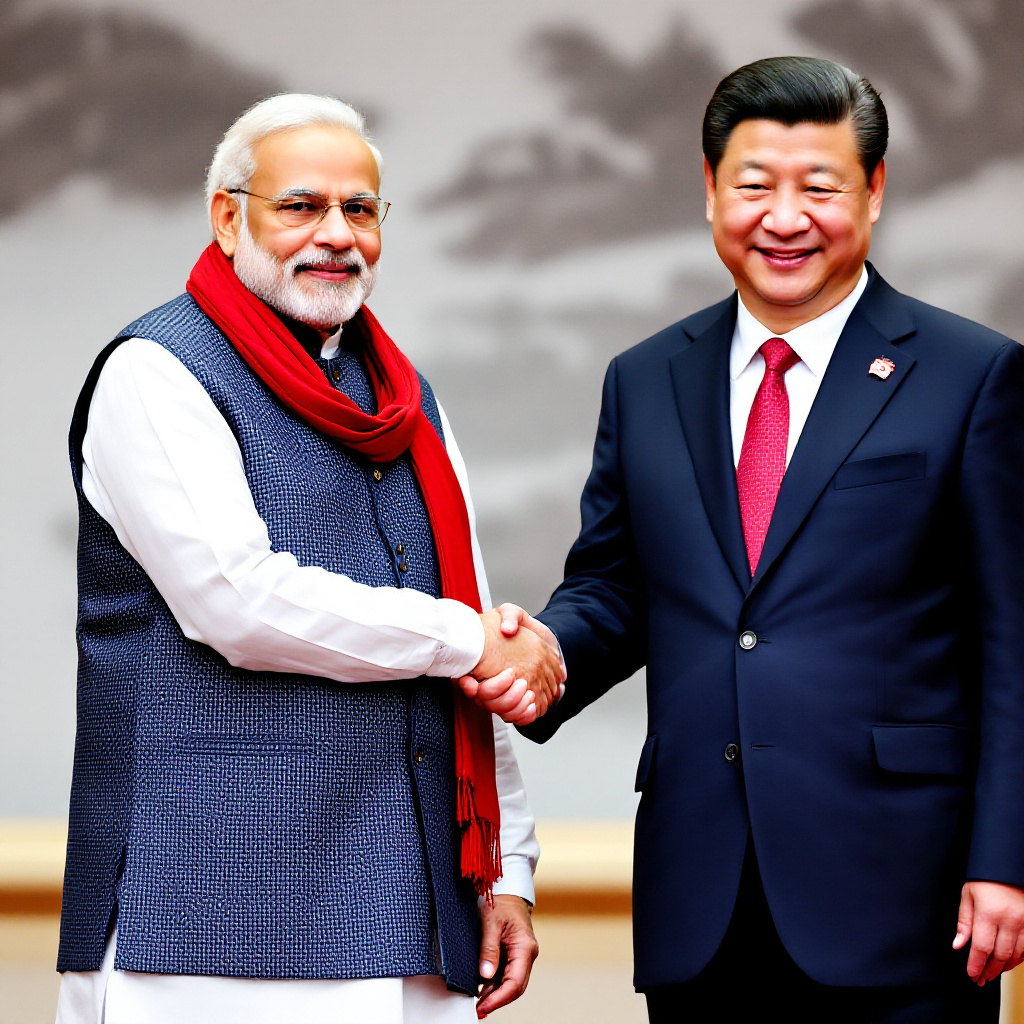China’s Path to Economic Supremacy Post-Trump Tariffs
Key Points Research suggests China may not surpass the U.S. in nominal GDP soon, but long-term strategies could lead to this by the 2030s. It seems likely that export diversification and domestic consumption will help China mitigate U.S. tariff impacts. The evidence leans toward technological self-reliance and global trade partnerships as key drivers for China’s economic growth. There is controversy over growth forecasts, with some predicting China’s overtake and others doubting it due to demographic and debt challenges. Economic Outlook China’s path to potentially becoming the top global economy in the aftermath of U.S. tariffs imposed during Donald Trump’s presidency involves navigating significant challenges while leveraging strategic opportunities. As of April 2025, the U.S. has imposed tariffs of 145% on Chinese goods, with China retaliating at 125%, severely disrupting bilateral trade China raises tariffs on U.S. goods to 125%. Despite this, China’s economy shows resilience, with a Q1 2025 GDP growth of 5.4% year-on-year China Q1 GDP growth tops expectations. While China’s nominal GDP was $18.9 trillion in 2024 compared to the U.S.’s $29.2 trillion, long-term strategies could narrow this gap China vs. US Economy 2025. Growth Strategies China is focusing on diversifying its export markets to regions like Southeast Asia and Europe, reducing reliance on the U.S. market. Domestic consumption is being boosted through subsidies for consumer goods, aiming to shift from an export-led to a consumption-driven economy. Investments in technology, particularly semiconductors and AI, are enhancing self-reliance, while global trade partnerships through initiatives like the Belt and Road Initiative (BRI) strengthen China’s economic influence. Timeline and Challenges While China’s growth is projected at 4–4.5% for 2025, surpassing the U.S. in nominal GDP is unlikely in the near term. Forecasts suggest a possible overtake by 2030–2035, but challenges like an aging population, high debt levels, and geopolitical tensions could delay this. The outcome depends on China’s ability to execute its strategies and global economic conditions. Comprehensive Analysis of China’s Path to Economic Supremacy Post-Trump Tariffs Introduction As of April 16, 2025, the U.S.-China trade war has escalated to unprecedented levels, with U.S. tariffs on Chinese imports reaching 145% and China retaliating with 125% tariffs on U.S. goods China raises tariffs on U.S. goods to 125%. This confrontation has reduced bilateral trade from nearly $700 billion annually to near zero, described as an “extinction-level event” for U.S.-China trade Beijing chokes off US exports. Despite these challenges, China is strategically positioning itself to potentially become the world’s top economy. This analysis explores China’s strategies, challenges, and long-term prospects in the context of these tariffs, drawing on recent economic data and expert insights. Current Economic Landscape In 2024, China’s nominal GDP was approximately $18.9 trillion, growing at 5.0%, while the U.S. economy reached $29.2 trillion with a 2.8% growth rate China vs. US Economy 2025. In Q1 2025, China’s GDP grew by 5.4% year-on-year, surpassing expectations, driven by solid consumption and industrial output China Q1 GDP growth tops expectations. The U.S. recorded a 2.4% GDP growth in Q4 2024, with Q1 2025 data pending release on April 30, 2025 US GDP Q4 2024. China maintained a trade surplus of nearly $1 trillion in 2024, with exports to the U.S. accounting for about 15% ($400 billion) of its total exports China’s trade data 2025. The tariffs, impacting roughly 3% of China’s GDP, are projected to reduce 2025 GDP growth by 1.5–2.4 percentage points, according to Goldman Sachs Wall Street cuts China GDP forecasts. Economic Indicator China (2024) USA (2024) Nominal GDP $18.9 trillion $29.2 trillion GDP Growth Rate 5.0% 2.8% Q1 2025 Growth 5.4% (YoY) Pending Trade Surplus ~$1 trillion N/A China’s Strategies for Economic Ascendancy China is employing a multi-faceted approach to mitigate tariff impacts and drive long-term growth: 1. Export Diversification Strategy: China is redirecting exports to non-U.S. markets, particularly Southeast Asia, Europe, and Latin America, to offset losses from the U.S. market. Evidence: Trade with Southeast Asia has grown significantly since 2019, making it China’s largest trading partner, followed by the EU China’s exporters mitigate tariffs. The Belt and Road Initiative (BRI) has deepened ties with over 140 countries, providing alternative markets China extends global influence. In March 2025, exports surged by 12.4%, partly due to frontloading shipments China’s exports jump 12.4%. Impact: By leveraging markets like ASEAN and rerouting goods through countries like Vietnam, China can mitigate the $400 billion loss from U.S. trade, sustaining export-driven growth. 2. Boosting Domestic Consumption Strategy: Shifting from an export-led to a consumption-driven economy through subsidies and stimulus measures. Evidence: Subsidies for electric vehicles, appliances, and consumer electronics have boosted household spending China’s economic stimulus 2025. Q1 2025 GDP grew 4.9% annualized, driven by these measures China’s Q1 GDP growth. Beijing aims to increase consumption’s share of GDP from 40% to 60% China’s economic performance. Impact: A consumption-driven model could reduce reliance on exports and stabilize growth, mirroring the U.S.’s consumption-led economy. 3. Technological Self-Reliance Strategy: Investing in semiconductors, AI, and green technologies to reduce dependence on U.S. technology. Evidence: Despite U.S. export controls (e.g., Nvidia’s H20 chip ban), China is advancing domestic chipmakers like SMIC and AI through firms like Huawei China strikes back at Trump. Restrictions on rare earth exports provide leverage China limits key exports. China’s EV market share is projected to reach 50% globally by 2030 China’s global trade dominance. Impact: Self-reliance in tech could shield China from sanctions and position it as a leader in emerging industries. 4. Global Influence and Trade Partnerships Strategy: Positioning as a global trade leader through BRI and diplomatic efforts. Evidence: China has secured deals like pork exports to Spain and deepened ties with ASEAN and BRICS nations China’s global influence. Tariff reductions for non-U.S. countries contrast with U.S. protectionism China’s tariff response Bond market signals anxiety. Impact: Enhanced global influence could challenge the U.S. dollar’s dominance and secure new markets. 5. Stimulus and Economic Resilience Strategy: Aggressive fiscal and monetary policies to offset tariff impacts. Evidence: Interest rate cuts and infrastructure borrowing support a 4% GDP growth projection for 2025, despite







